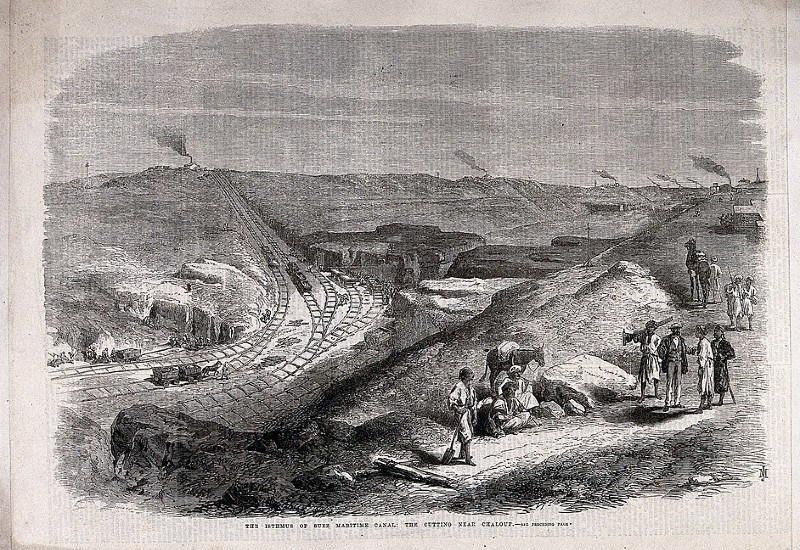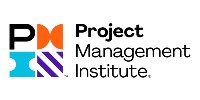 Research
Research What You Should Know About Megaprojects and Why: An Overview
Megaprojects are large and expensive projects that, in extreme cases, may outstrip the entire GDP of some countries. Initially, the term “megaprojects” referred to projects in the millions of dollars but now it often also refers to “gigaprojects,” costing billions, and even “teraprojects,” costing trillions. Every year, six to nine trillion dollars is spent on megaprojects globally. A vast majority of these run over budget and behind schedule, failing to deliver all the promised benefits. This article examines the misconceptions and strategic misrepresentations that routinely result in the implementation of projects for which there is inadequate justification, absorbing funds that could have been better spent elsewhere. The author offers a range of suggestions as to how practice can be improved in the future.

Method summary
The author has conducted his own statistical studies and consulted a range of academic literature, including other statistical studies, economic analysis, and government reports, to gain an overview of the cost and management of hundreds of megaprojects globally. In compiling a database, he has, tellingly, found it much easier to garner information about failed projects than about successful ones. He joins the dots between flawed techniques and the problems arising from them. In particular, he exposes deliberate optimism bias and strategic misrepresentation at the planning stage that can lead to the wrong projects being implemented and the right ones failing to gain support. He highlights approaches that are being developed to ensure that future megaprojects are more robust.
Key Findings
- Megaprojects occur in various sectors. Infrastructure is the most well-known; others include oil and gas, mining, aerospace, defense, ICT, supply chains, and large sporting events.
- Megaprojects may spring from ideological motivations known as the “four sublimes”— perceived technological, political, economic, or aesthetic benefits that may not be justified by facts or due diligence.
- Megaprojects can bring benefits in terms of jobs, domestic procurement, economies of scale, improved services, and sustainability, but only if they are “done right,” which most are not.
- Common problems include:
o Managers lacking specific experience;
o “Uniqueness bias” as a barrier to learning;
o Multiple stakeholders with conflicting interests;
o Inflexibility and “principal–agent” problems;
o Inadequate risk prediction and lack of budget for unpredictable events; and
o A culture of misinformation about costs, schedules, and benefits. - The “Iron Law” states that megaprojects are “over budget and over time, over and over again,” a pattern that has been repeating for 70 years with high statistical significance. The author lists 33 examples of cost overrun, headed by the Suez Canal (1,900 percent) and the Scottish Parliament Building (1,600 percent).
- Business cases, cost-benefit analyses, and social and environmental impact assessments may be incorrect if based on weak data.
- Too much credence has been given to flawed theories such as the “Hiding Hand” and “creative error” (which incorrectly assume that optimistic forecasts about costs and pessimistic ones about benefits cancel each other out) and the Break-Fix model (where failing projects get recalibrated at considerable cost). Instead, planners should identify problems up front and cancel nonviable projects before implementation.
Practical Implications
- The success of a project depends on its planning stage. Careful front-end planning, including due diligence, is essential. This prevents nonviable projects from being implemented, and places others on a surer footing so they do not fail.
- Managers should guard against optimism bias and uniqueness bias. They should be open to learning from research and best practices in other projects and trained in the skills of effective megaproject management. The UK government does this under the Major Projects Authority.
- Finance through banks and private capital can ensure a firmer financial footing, as investors want to ensure the robustness of their investment.
- Problems should be discussed early and not hidden. Effective forecasts are based not just on raw data but on wider stakeholder engagement.
- The culture of strategic misrepresentation must end because it is unethical, creates unfair comparisons between competing projects, can lead to baked-in failure, and can cause reputational damage to individuals and companies.
Overall Takeaway
- Megaprojects require a forensic planning stage, including a thorough examination of the true costs and benefits. This enables nonviable projects to be rejected before they ever happen.
- Managers need specific domain knowledge and proper training and should be open to learning from research and best practices.
- With the right setup, banks and private investors will look closely at financial viability, so projects funded this way may be less likely to succumb to the “Iron Law.”
- Strategic misrepresentation is often encouraged through perverse incentives but can lead to the wrong projects being undertaken.
Developments Since the Article Was Published
For developments in the author’s thinking since the article was published, see the following:
Flyvbjerg, B., & Gardner, D. (2023). How big things get done: The surprising factors that determine the fate of any project, from home renovations to space exploration and everything in between. Penguin Random House.
For further information on this and similar projects, please contact Bent Flyvbjerg, Saïd Business School, Oxford University, Oxford, United Kingdom or the IT University of Copenhagen, Denmark. He may also be contacted at flyvbjerg@mac.com
For the full article, go to https://journals.sagepub.com/doi/10.1002/pmj.21409



























































































